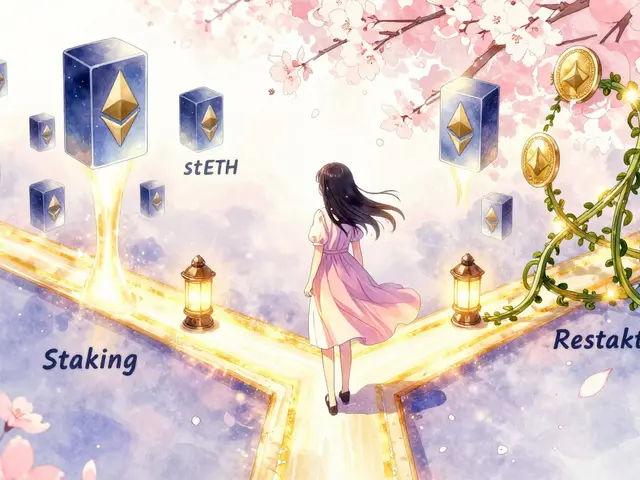Coinmetro Token (XCM) is an ERC‑20 utility token for the Coinmetro exchange. Learn its purpose, tokenomics, staking rewards, liquidity issues, risks, and future outlook in simple terms.
ERC-20 Token
Did you know that over 200,000 crypto projects rely on a single token framework? When working with ERC-20 token, a fungible digital asset built on the Ethereum blockchain that follows a common set of rules for interaction. Also known as Ethereum token, it enables developers to create, trade, and manage assets without reinventing the wheel. This standard encompasses tokenomics, governs how balances are stored, and defines how transfers happen. By using a shared protocol, wallets and exchanges can support countless new projects instantly.
Core Components and How They Fit Together
At the heart of any ERC-20 token is the ERC-20 standard, a technical specification that outlines functions like totalSupply, balanceOf, transfer, approve, and allowance. This specification requires smart contracts to implement those functions, meaning the token’s rules are enforced by code on the Ethereum blockchain, a decentralized network that records every transaction in an immutable ledger. The relationship is clear: the Ethereum blockchain hosts ERC-20 tokens, while smart contracts bring the standard to life. Because the protocol is open, developers can focus on tokenomics—supply caps, distribution models, and utility—without worrying about compatibility. In practice, this means a new token can appear on a wallet within minutes, and traders can swap it on any exchange that supports ERC-20 assets.
Understanding these building blocks helps you spot quality projects and avoid scams. Look for a transparent token contract, clear supply mechanics, and active community engagement. Recognize that ERC-20 token performance often ties back to broader Ethereum network health, gas fees, and upcoming upgrades. Below you’ll find a curated collection of articles that dive deeper into specific coins, airdrop guides, exchange reviews, and regulatory updates—all tied to the ERC-20 ecosystem. Keep reading to get actionable insights, compare real‑world examples, and sharpen your crypto toolkit.
Metaverse Convergence (META) Crypto Coin Explained - Basics, Tokenomics, and Market Outlook
Explore what Metaverse Convergence (META) crypto is, its tech, tokenomics, market data, how to trade it, and why it's considered high‑risk.






